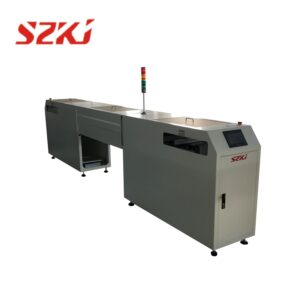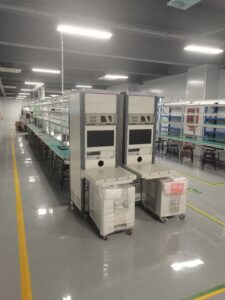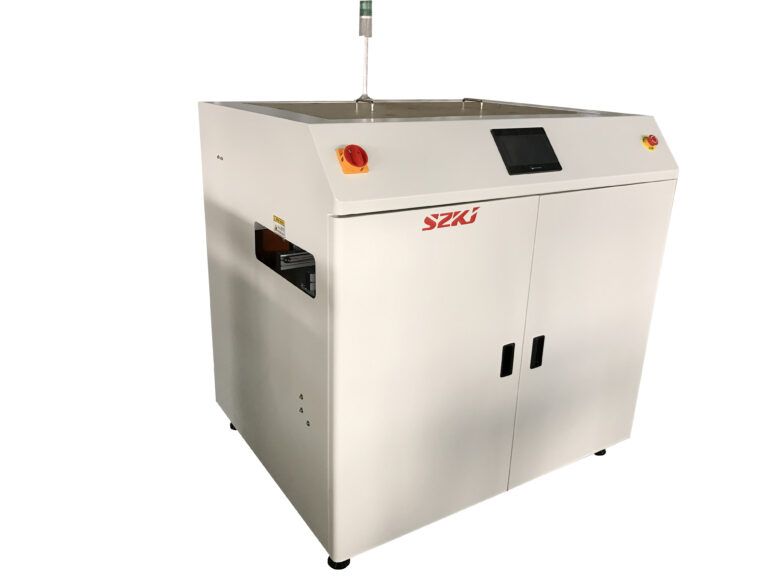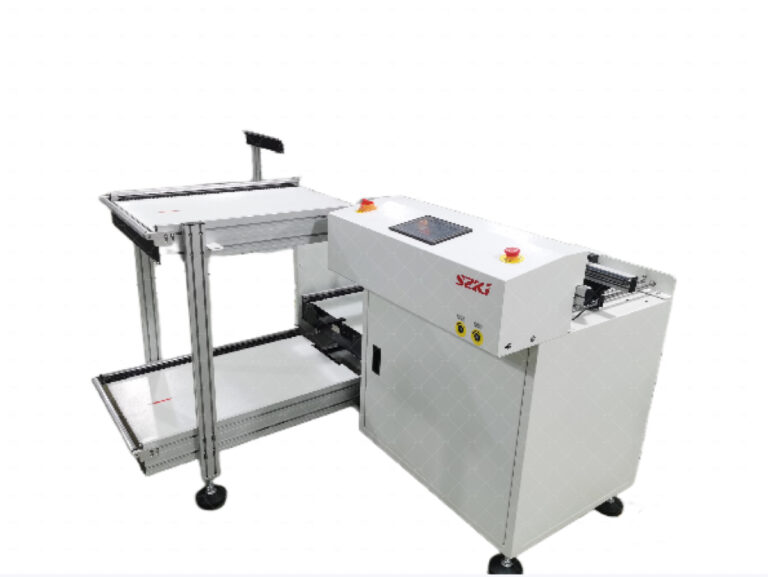Table of Contents
ToggleSurface Mount Technology (SMT) has revolutionized electronic manufacturing by enabling the production of compact, reliable, and high-performance devices. At the heart of SMT processes lies specialized equipment designed to streamline assembly and improve production efficiency. This article dives into the types of SMT equipment and their features, providing practical insights into their application in modern manufacturing.

Types of SMT Machines
Reflow Ovens
Reflow ovens solidify the solder paste by heating the PCB to a controlled temperature.
Modern reflow ovens offer multiple heating zones, allowing precise temperature control for different types of components.
Inspection Equipment
Automated Optical Inspection (AOI) and X-ray machines verify the quality of solder joints and component placement.
These machines detect defects such as misaligned components, missing parts, or soldering errors early in the production process.
Conveyors and Loaders
Conveyors and loaders facilitate the smooth movement of PCBs through the assembly line.
They help maintain workflow efficiency and reduce manual handling errors.
Features of Excellent SMT Equipment
The efficiency and quality of SMT manufacturing hinge on the capabilities of the equipment used. Excellent SMT equipment is distinguished by the following features:
1. High Precision and Speed
Modern SMT machines boast remarkable precision, ensuring components are placed and soldered accurately. High-speed models enhance productivity, meeting the demands of mass production without compromising quality.
2. User-Friendly Interfaces
Intuitive controls and software interfaces simplify operation, enabling operators to program machines efficiently. Advanced interfaces often include touchscreens and real-time monitoring tools.
3. Automation and Integration
Automation is a hallmark of excellent SMT equipment. Machines equipped with smart sensors, AI-driven algorithms, and automated workflows reduce human error and streamline production. Integration capabilities ensure seamless communication between machines in a production line.
4. Reliability and Durability
High-quality SMT equipment is built to withstand continuous operation in industrial environments. Robust designs and premium materials contribute to long service life and consistent performance.
5. Scalability and Flexibility
Scalable SMT machines support the needs of growing businesses, while flexible systems handle a wide range of components and PCB designs. These features are essential for adapting to evolving industry trends.
6. Quality Control Mechanisms
Integrated quality control features, such as vision systems and data analytics, allow manufacturers to identify defects early, ensuring only high-quality products reach the market.

Advantages of SMT Equipment
Compact Designs
The SMT equipment measures directors to be a weighted ratio that is mounted onto the surface of the PCB. So, if the lineup is organized, compact and lightweight designs become possible. Notably, this is the case for the consumer electronics industry where design solutions need to maximize space utilization.
High Production Efficiency
Automated procedures, like SMT, quicken the working process and lower the cost of labor. It is through the automation of machinery, whose accuracy checks almost all mistakes, that production efficiency and overall output quality are enhanced.
Improved Performance
The drives with a detached type of components might be the same as the drives with a surface-mounted type. These have shorter leads that reduce resistance and inductance and control electrical performance, by the way. Consequently, quicker devices that can be more powerful can be obtained.
Cost-effectiveness.
An SMT’s best time for manufacturing comes with decreasing raw materials quantity and speeding the production up. His role is mass-producing electronics so he is responsible for large-scale electronics manufacturing as well.
Flexibility
The category is fabricated based on the target market, from fragile resistors to technologically rather complicated ICs, which cover virtually all the requirements.
Conclusion
Understanding the types and features of SMT equipment is essential for optimizing manufacturing processes and achieving high-quality results. By leveraging advanced SMT machines with precision, automation, and flexibility, businesses can stay competitive in the fast-paced electronics industry. For the latest innovations in SMT equipment, explore the offerings at SMT Manufacturing.



-768x768.jpg)
